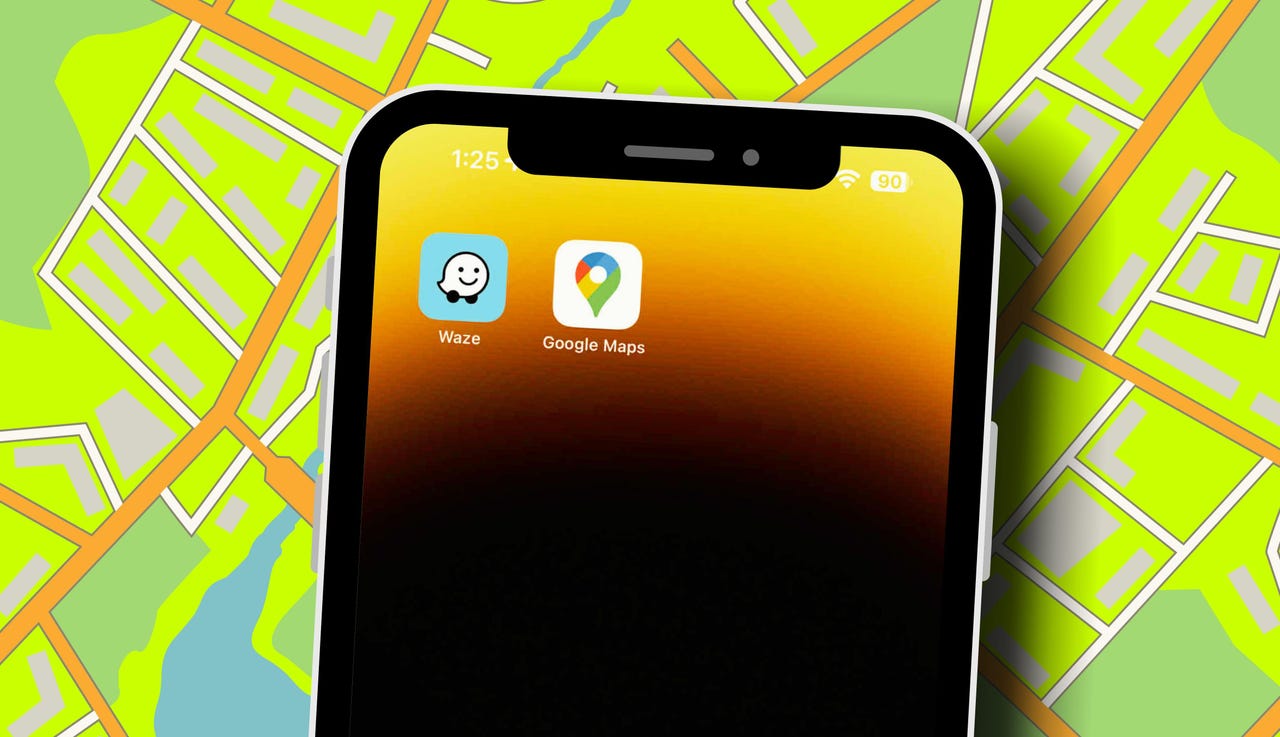UPDATE: The debate over which navigation app reigns supreme, Waze or Google Maps, has intensified as users demand faster, smarter routes. A new analysis reveals significant differences in functionality and user experience, making this a critical choice for travelers everywhere.
Just announced, many articles claim Waze surpasses Google Maps, but does it really? With a growing number of users relying on navigation apps, understanding the strengths and weaknesses of each is crucial for daily commuters and travelers alike. The analysis dives into key features like real-time rerouting, public transit options, and offline functionality—details that could determine your next route.
Waze prioritizes speed, automatically rerouting drivers the moment traffic conditions change, even guiding you down unexpected side streets. In contrast, Google Maps takes a more measured approach, considering factors like fuel efficiency and road types before suggesting alternative routes. For those who value a say in their navigation, Google Maps may be the go-to option.
Waze is strictly for drivers, leaving pedestrians and public transit users in the lurch. Meanwhile, Google Maps excels in offering detailed routes for all travel modes, with live schedules and updates. This versatility makes it indispensable for urban explorers and those relying on public transport.
When it comes to real-time traffic and incident reporting, Waze leads the charge. Users can report road conditions, hazards, and traffic jams, making it a favorite among drivers seeking the quickest route. Google Maps has recently added basic reporting features but lacks the comprehensive alerts that Waze users enjoy.
In an interesting twist, Waze has gained a reputation for alerting users about police presence and speed traps, a feature that appeals to many. While Google Maps is beginning to catch up, it still lacks detailed options for flagging specific hazards.
Some critical areas favor Google Maps, particularly in offline functionality. Waze demands a constant data connection, while Google Maps allows users to download entire regions for offline use, a game-changer when traveling abroad or in areas with poor connectivity.
The design and user interface present another point of contention. Waze features a playful, colorful layout with customizable options, while Google Maps offers a feature-rich experience for discovering local businesses, reviews, and even street views. Those who enjoy in-depth exploration may find Google Maps’ capabilities more suitable for their needs.
Voice assistance is another battleground. Waze has recently integrated a “Conversational reporting” feature powered by Google Gemini, allowing users to report conditions simply by speaking. However, Google Maps has also integrated Gemini, providing personalized suggestions based on user queries.
Availability is a strong point for Google Maps, which is preinstalled on most Android devices and compatible with Android Automotive. This edge makes it more accessible to a broader audience.
The final tally shows Waze with 3 wins and Google Maps with 5 wins, marking Google Maps as the preferred navigation app in 2023. However, many of these categories are subjective and depend on user preference.
For those deciding between the two, consider your travel habits: if you’re focused on driving fast and avoiding traffic, choose Waze. For diverse travel modes, detailed business information, and offline maps, Google Maps is the clear winner.
With these insights, users can make informed decisions about which navigation app meets their needs best. As technology evolves, the gap between these two giants continues to close, making this an ongoing conversation for travelers everywhere.
